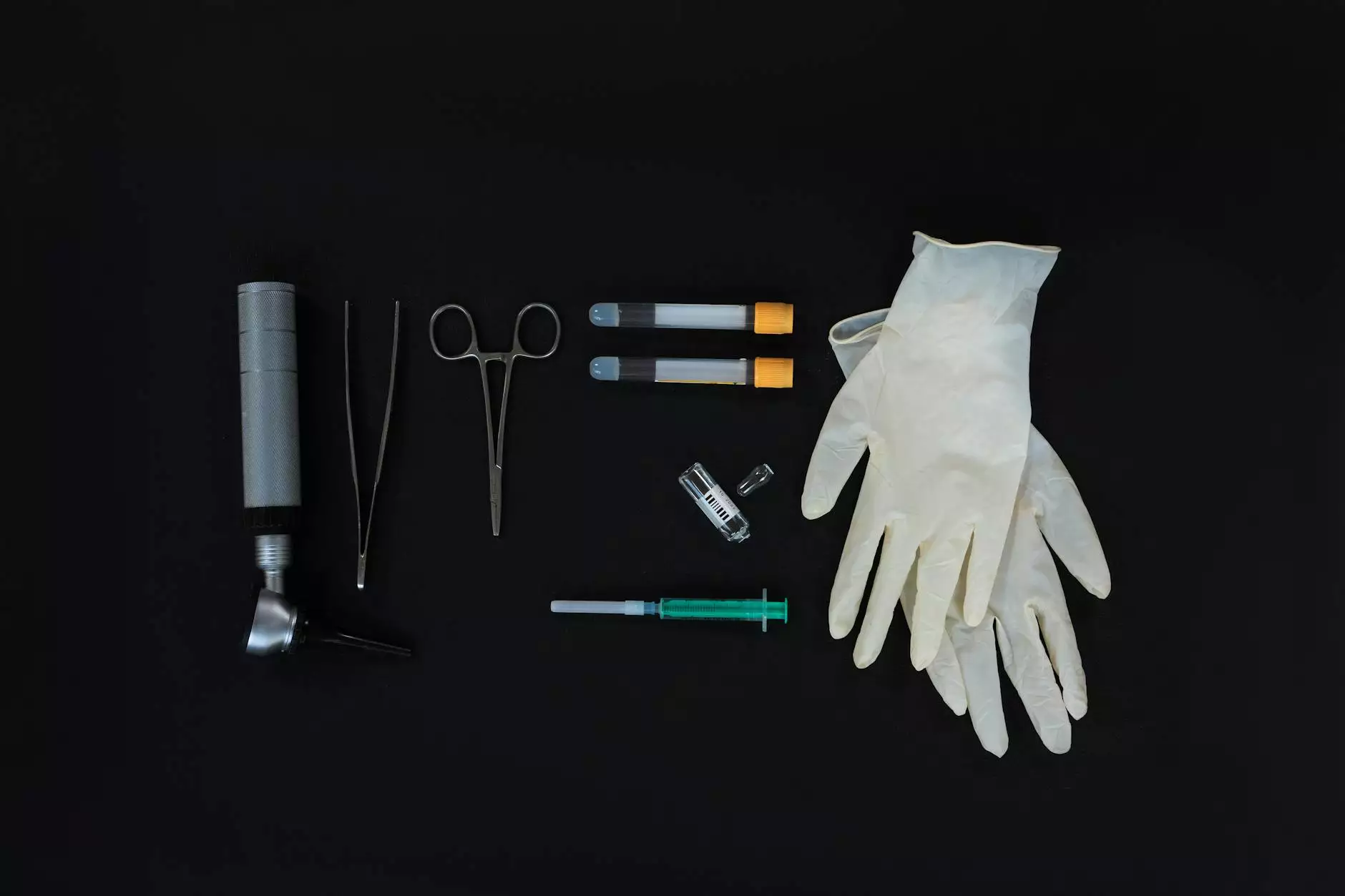Understanding the Role of Transmission Safety Switch in Automotive Safety

The automotive industry is constantly evolving, aiming to improve vehicle functionality and driver safety. One component that plays a crucial role in achieving these goals is the transmission safety switch. This article dives into what a transmission safety switch is, how it works, and its significance in modern vehicles.
What is a Transmission Safety Switch?
A transmission safety switch, also known as a neutral safety switch, is an essential part of a vehicle's transmission system. Its primary function is to prevent the engine from starting unless the transmission is in neutral or park. This feature is particularly important in automatic vehicles, as it helps prevent potential accidents that could occur if a car were to start in gear.
How Does a Transmission Safety Switch Work?
The function of the transmission safety switch can be summarized in the following steps:
- Position Detection: The switch detects the position of the shifter lever. If it's in park or neutral, the circuit is closed, allowing the ignition system to operate.
- Signal Transmission: It sends a signal to the engine control module (ECM) to indicate that the car is in the correct position for starting.
- Engine Start Enablement: Upon receiving the signal, the ECM enables the starting system, allowing the engine to crank.
Benefits of a Transmission Safety Switch
The transmission safety switch serves several purposes in terms of performance and safety:
- Prevention of Accidental Start: By ensuring the vehicle can only start in neutral or park, it significantly reduces the risk of unintended movement, protecting drivers and passengers.
- Improved Safety: It adds an additional layer of safety, combining mechanical design with electronic signaling to prevent potential hazards.
- Maintenance of Vehicle Integrity: By preventing the vehicle from operating in the wrong gear, it helps maintain the integrity of the transmission system, reducing wear and tear.
Signs of a Failing Transmission Safety Switch
Just like any other component of a vehicle, the transmission safety switch can wear out over time. Recognizing the signs of a failing switch can help prevent disruptions:
- Engine Won't Start: If the engine does not start when the shifter is in the neutral or park position, this may signal a malfunctioning safety switch.
- Intermittent Starting Issues: The car starts sometimes but not others, indicating a possible problem with the switch that requires attention.
- Backup Lights Not Functioning: In many cars, the safety switch also controls the backup lights. If the lights fail to turn on when in reverse, the switch may be at fault.
Choosing the Right Transmission Safety Switch
When it comes to selecting a transmission safety switch, there are several factors to consider:
- Compatibility: Ensure the switch is compatible with your vehicle’s make and model. Each vehicle may have specific design requirements.
- Quality and Reliability: Opt for high-quality parts to ensure durability and reliability. Choosing OEM (Original Equipment Manufacturer) parts may often be the best choice for performance and longevity.
- Warranty: Look for products that come with a warranty, as this often speaks to the manufacturer's confidence in their product.
Installation of Transmission Safety Switch
Installing a transmission safety switch can be complex, especially for those without automotive experience. Here’s a brief overview of the installation process:
- Disconnect Battery: Always start by disconnecting the battery to prevent any electrical shocks or accidental startups during the installation.
- Remove Dashboard Panels: In some vehicles, you may need to remove dashboard panels or seats to access the transmission area.
- Locate the Switch: Find the existing safety switch. This is typically located on the transmission housing or near the gear shifter.
- Unplug and Remove: Carefully unplug the old switch and remove it from its housing.
- Install the New Switch: Fit the new transmission safety switch into place, ensuring it’s securely mounted and plugged in.
- Reassemble: Reattach any removed panels or components and reconnect the battery.
Preventative Maintenance Tips
To ensure the longevity of your transmission safety switch and the overall transmission system, follow these preventative maintenance tips:
- Regular Inspections: Schedule regular inspections of your vehicle’s transmission system, including the safety switch.
- Check Electrical Connections: Periodically check the wiring and connectors for any signs of wear or corrosion that can affect performance.
- Fluid Maintenance: Maintain proper transmission fluid levels and change the fluid according to the manufacturer’s recommendations.
The Future of Transmission Safety Switch Technology
As automotive technology continues to advance, so does the design and functionality of components like the transmission safety switch. Future innovations may include:
- Smart Technology: Integration with smart vehicle systems that provide real-time diagnostics and alerts for potential issues.
- Enhanced Safety Features: Development of advanced safety features that further prevent accidents, possibly incorporating automation and AI.
- Environmental Considerations: Shift toward more sustainable materials and manufacturing processes for vehicle components.
Conclusion
In conclusion, the transmission safety switch is a vital component that significantly enhances vehicle safety and functionality. Understanding its role, recognizing the signs of failure, and ensuring proper maintenance can help drivers enjoy safer and more reliable vehicles. As the automotive industry continues to evolve, staying informed about components like the safety switch is essential for both vehicle owners and enthusiasts. For top-quality auto parts, including transmission safety switches, visit shenghaiautoparts.com.









